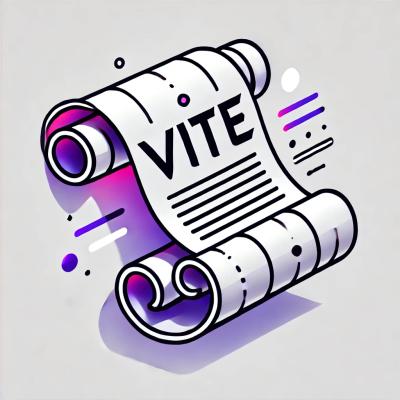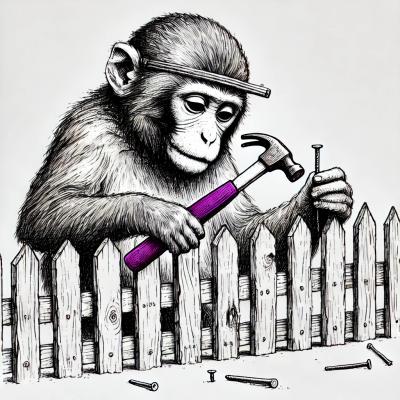
Security News
Vite Releases Technical Preview of Rolldown-Vite, a Rust-Based Bundler
Vite releases Rolldown-Vite, a Rust-based bundler preview offering faster builds and lower memory usage as a drop-in replacement for Vite.
NodeCG is a broadcast graphics framework and application. It enables you to write complex, dynamic broadcast graphics using the web platform. NodeCG has no graphics or drawing primitives of its own. Instead, NodeCG provides a structure for your code and an API to facilitate moving data between the dashboard, the server, and your graphics. It makes few assumptions about how to best code a graphic, and gives you freedom to use whatever libraries, frameworks, tools, and methodologies you want. As such, NodeCG graphics can be rendered in any environment that can render HTML, including:
Don't see your preferred streaming software on this list? NodeCG graphics require a modern browser engine. If your streaming software's implementation of browser source uses a recent-ish browser engine, chances are that NodeCG graphics will work in it. You can check what version your streaming software uses for its browser sources by opening whatversion.net/chrome as a browser source.
Have questions about NodeCG, or just want to say 'hi'? Join our Discord server!
Full docs and API reference are available at https://nodecg.dev
The NodeCG project exists to accomplish the following goals:
Let's unpack what these statements mean:
Historically, broadcast graphics have been expensive. They either required expensive hardware, expensive software, or both. NodeCG was originally created to provide real-time broadcast graphics for Tip of the Hats, which is an all-volunteer charity fundraiser that had a budget of $0 for its first several years.
Now, it is possible to create an ambitious broadcast using entirely free software and consumer hardware. The NodeCG project embraces this democratization of broadcast technology.
NodeCG graphics are just webpages. There is absolutely nothing special or unique about them. This is their greatest strength.
By building on the web platform, and not building too many abstractions on top of it, people developing broadcast graphics with NodeCG have access to the raw potential of the web. New APIs and capabilities are continually being added to the web platform, and NodeCG developers should have access to the entirety of what the web can offer.
NodeCG's roots are in small broadcasts with no budget. More recently, NodeCG has begun seeing use in increasingly elaborate productions. We believe that one set of tools can and should be able to scale up from the smallest show all the way to the biggest fathomable show. Whether you're using OBS for everything, or a hardware switcher with a traditional key/fill workflow, NodeCG can be a part of any broadcast graphics system.
FAQs
Dynamic broadcast graphics rendered in a browser
The npm package nodecg receives a total of 324 weekly downloads. As such, nodecg popularity was classified as not popular.
We found that nodecg demonstrated a healthy version release cadence and project activity because the last version was released less than a year ago. It has 0 open source maintainers collaborating on the project.
Did you know?

Socket for GitHub automatically highlights issues in each pull request and monitors the health of all your open source dependencies. Discover the contents of your packages and block harmful activity before you install or update your dependencies.

Security News
Vite releases Rolldown-Vite, a Rust-based bundler preview offering faster builds and lower memory usage as a drop-in replacement for Vite.

Research
Security News
A malicious npm typosquat uses remote commands to silently delete entire project directories after a single mistyped install.

Research
Security News
Malicious PyPI package semantic-types steals Solana private keys via transitive dependency installs using monkey patching and blockchain exfiltration.